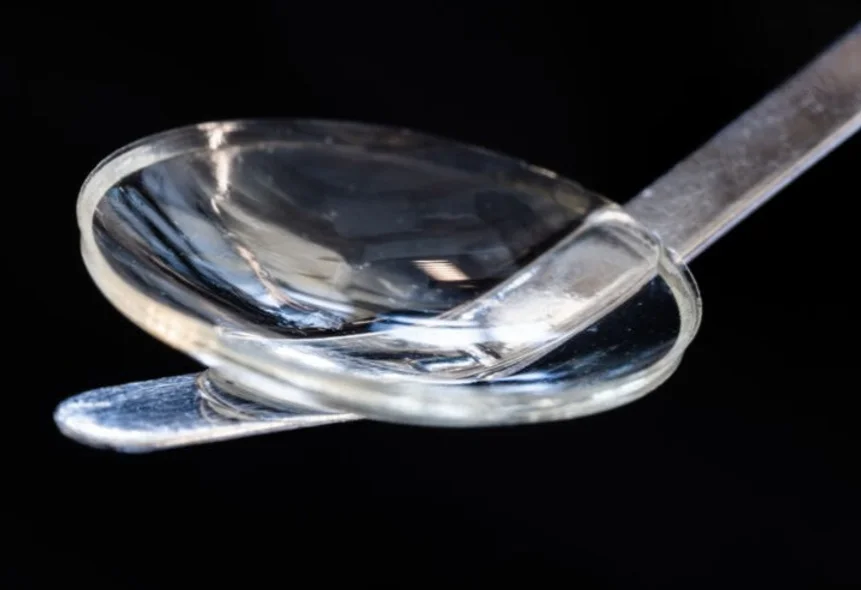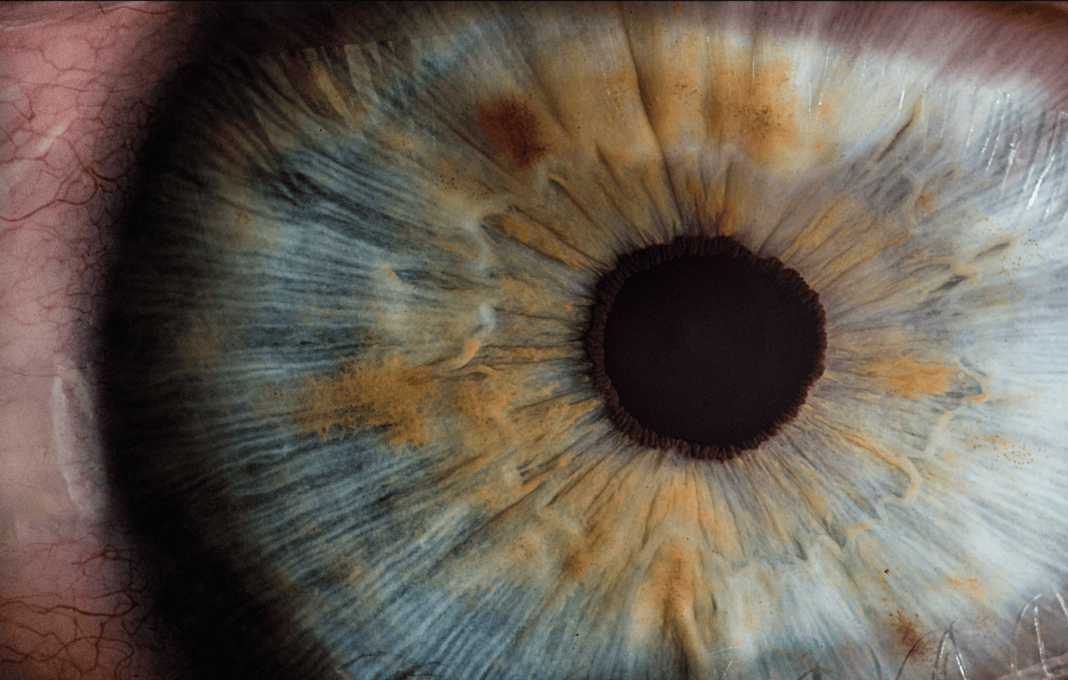A new study has been published in Nature Biotechnology which shows promising results in restoring sight to those suffering from corneal blindness and low vision. Researchers at Linköping University (LiU) and LinkoCare Life Sciences AB have developed a bioengineered implant that can provide an alternative to the transplantation of donated human corneas, which are scarce in many countries where the need for them is greatest. Let’s explore how this breakthrough could be life-changing for those with vision problems.
This groundbreaking technology could help reduce the waiting time for people who need corneal transplants. Since donor corneas are often difficult to come by, most patients must wait several months before being treated, leading to further deterioration of their vision and even permanent blindness. With the development of a bioengineered implant, this waiting period could be shortened drastically or even eliminated altogether.
Additionally, since the implants can be mass-produced and stored for up to two years, they can reach more people who are suffering from vision problems in areas where donor tissue is scarce. This would also make it easier for doctors to perform more surgeries as they would not have to worry about finding donated tissue for each patient. Finally, this new technology provides an option that is safer than traditional methods since it eliminates any risk of rejection or complications associated with donated corneas.

This breakthrough in medical technology has incredible potential implications for those with vision problems around the world. Not only will it allow them access to much-needed treatments and potentially restore their sight, but it will also reduce costs associated with treatments as well as eliminate some of the risks associated with traditional methods. Furthermore, it could greatly increase accessibility to these treatments in areas where donor tissue is scarce or non-existent.
The implications of this breakthrough are far-reaching for those suffering from vision problems—and truly life-changing! The development of a bioengineered implant could drastically reduce waiting times for patients needing treatment as well as make treatments much more accessible by reducing cost and eliminating risks associated with traditional methods such as donor tissue rejection or complications due to age or quality of donated material. Ultimately, this breakthrough brings hope to thousands around the world who suffer from corneal blindness or low vision by providing them access to treatments that had previously been unavailable due to cost or other factors.











